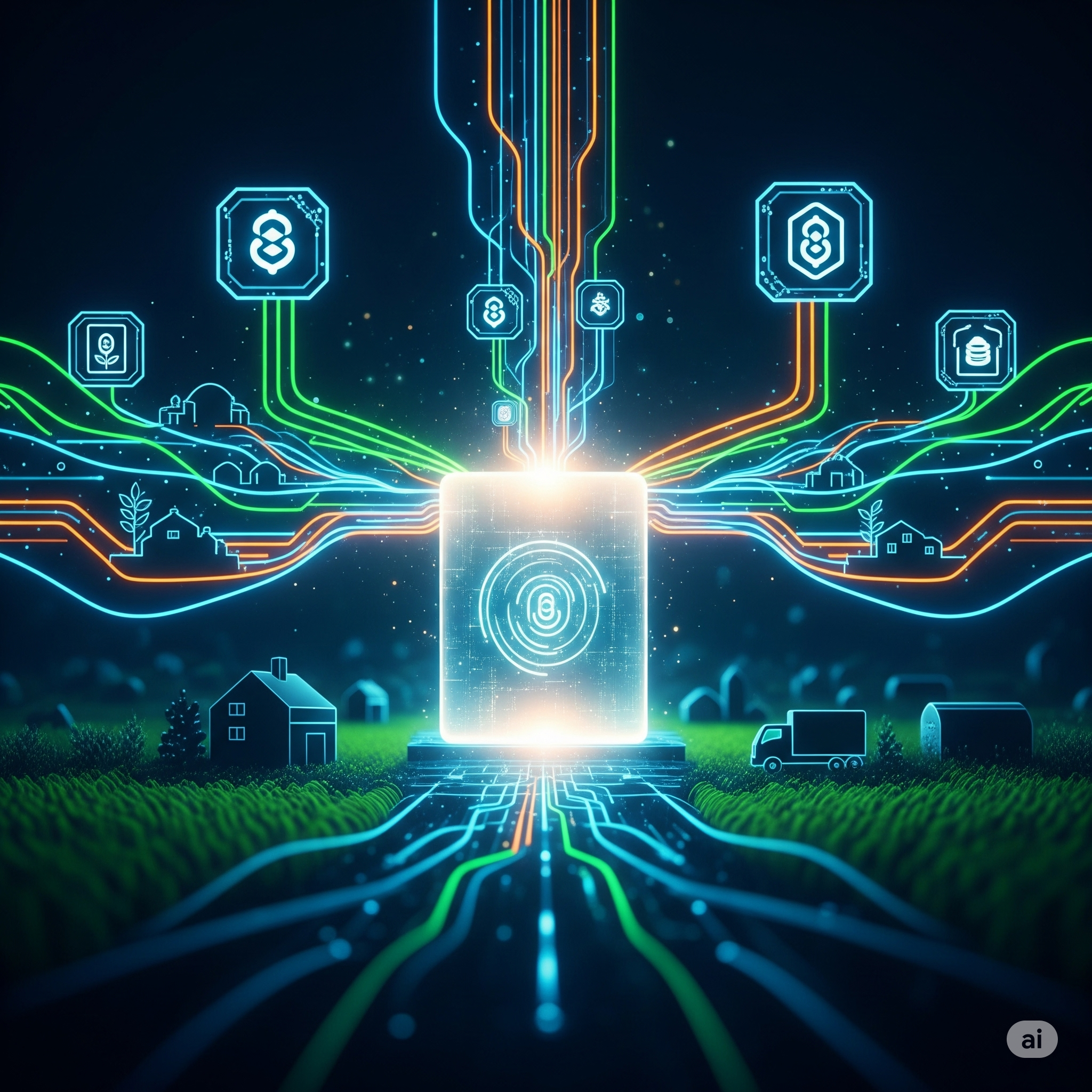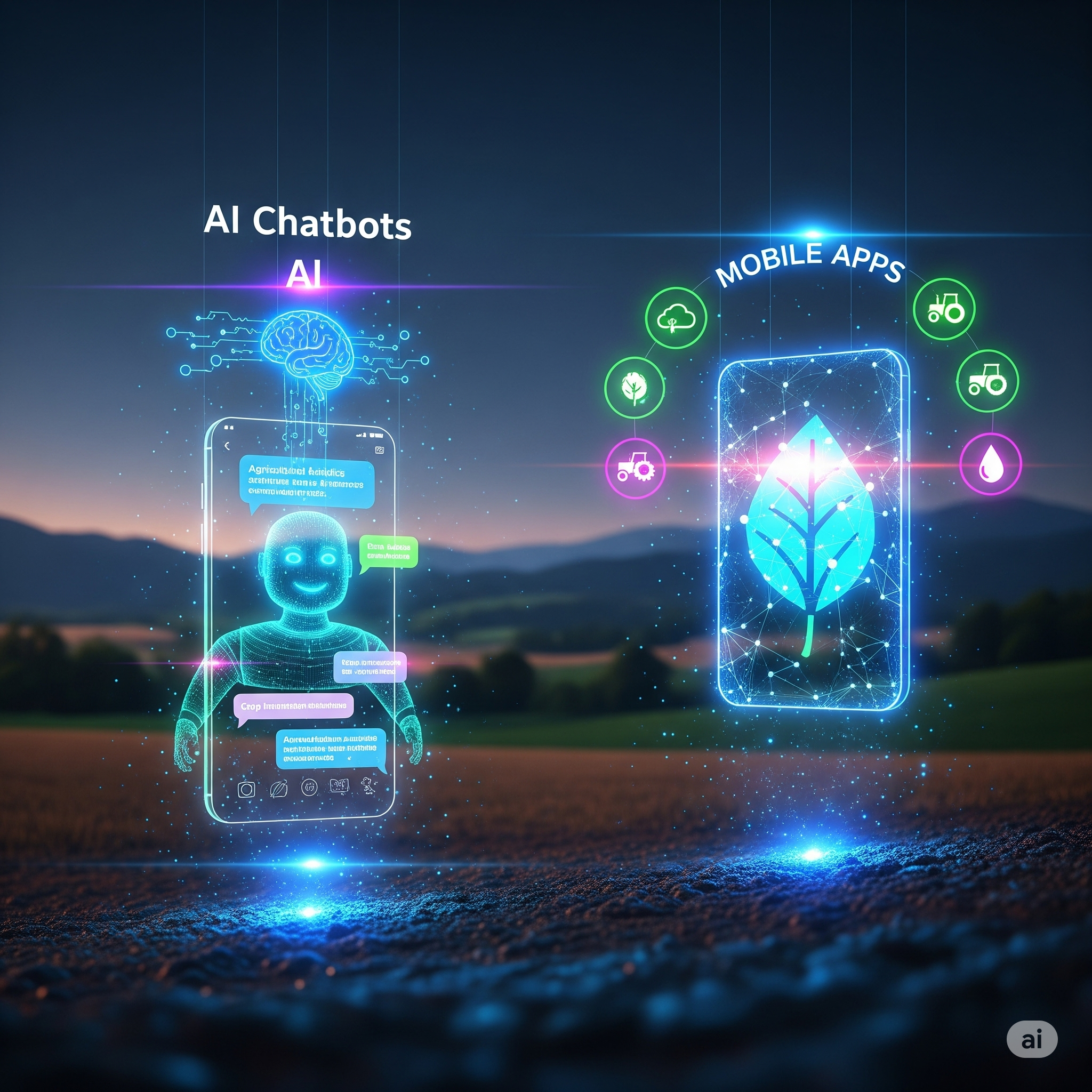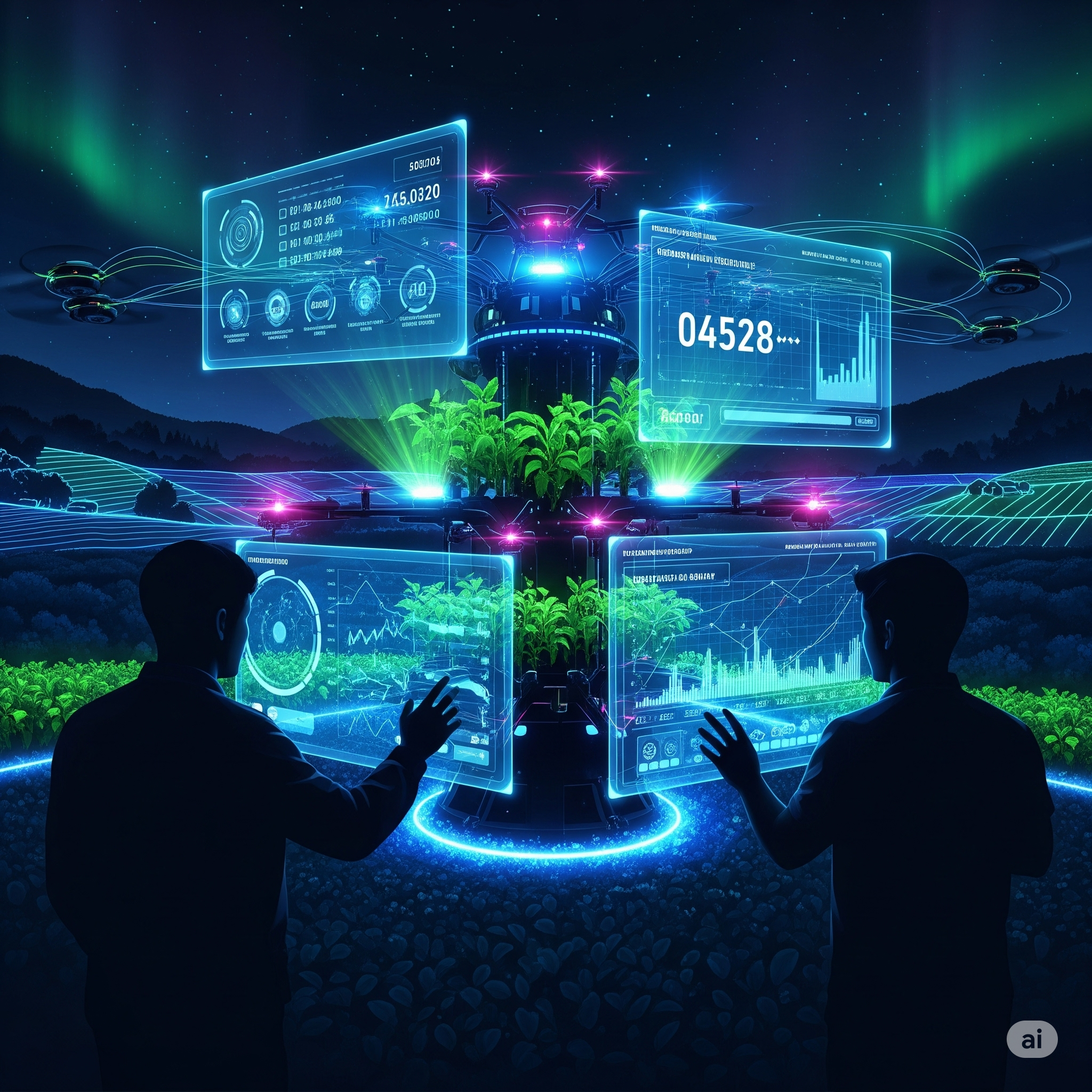Introduction
Artificial Intelligence (AI) has been revolutionizing various industries, and one of the most exciting advancements is the development of AI-powered digital avatars. These digital representations, often created using machine learning, natural language processing (NLP), and deep neural networks, are transforming the way people interact with technology. AI-powered digital avatars are used in customer service, virtual influencers, healthcare, education, entertainment, and even the metaverse.
This article delves deep into the concept of AI-powered digital avatars, exploring their applications, advantages, challenges, and future prospects.
Understanding AI-Powered Digital Avatars
An AI-powered digital avatar is a virtual representation of a person or character that can interact with users in real-time. These avatars can be photorealistic or stylized and are often equipped with AI-driven capabilities such as voice synthesis, facial recognition, and real-time emotion analysis.
Key Components of AI-Powered Digital Avatars
- AI & Machine Learning Algorithms – These algorithms help the avatar learn and improve its responses over time.
- Natural Language Processing (NLP) – Enables the avatar to understand, interpret, and respond to human language in a conversational manner.
- Speech Synthesis & Voice Recognition – Allows the avatar to speak naturally and understand user inputs.
- Computer Vision & Facial Recognition – Helps the avatar analyze facial expressions and mimic human-like emotions.
- 3D Animation & Graphics – Creates realistic or stylized virtual characters with natural movements and gestures.
Applications of AI-Powered Digital Avatars
1. Virtual Customer Service Agents
Many companies are adopting AI-powered avatars for customer support, reducing the need for human agents. These avatars can:
- Provide 24/7 assistance for queries and troubleshooting.
- Offer personalized recommendations based on customer history.
- Improve customer satisfaction by responding instantly.
Examples: AI chatbots with digital faces in banking, e-commerce, and hospitality industries.
2. Virtual Influencers & Brand Ambassadors
AI avatars are now being used as digital influencers, promoting products and engaging with audiences.
- They interact with followers on social media.
- They create engaging content for brands without requiring a human personality.
- They ensure consistent brand messaging with AI-generated interactions.
Examples: Lil Miquela and Noonoouri, popular AI-generated social media influencers.
3. AI Avatars in Healthcare
Healthcare is leveraging AI avatars for patient interaction, mental health therapy, and medical training.
- Virtual nurses assist patients with medication reminders and routine check-ups.
- AI therapists provide mental health support through interactive conversations.
- Medical students practice patient interactions using realistic AI avatars.
Example: Ellie, an AI-driven digital therapist developed for mental health analysis.
4. AI Teachers & Virtual Tutors
Education is being transformed by AI-powered digital avatars, offering interactive and personalized learning experiences.
- AI tutors provide explanations and answer student questions in real time.
- Digital teachers offer interactive lessons in virtual classrooms.
- Avatars assist students with disabilities by offering customized learning tools.
Example: Sophie AI, an AI-based digital tutor for online learning.
5. AI in Gaming & Entertainment
The gaming industry has seen a rise in AI-powered NPCs (Non-Playable Characters) and interactive avatars.
- AI characters in video games create dynamic storylines based on user choices.
- Virtual avatars allow players to interact in the metaverse.
- AI-generated actors can be used in films, reducing the need for human actors.
Example: AI-driven avatars in The Matrix Awakens and Cyberpunk 2077.
6. AI-Powered Digital Humans for Business Meetings
In the corporate world, AI avatars are replacing traditional video conferencing with lifelike virtual humans.
- AI executives can deliver presentations in multiple languages.
- Digital avatars can attend meetings and take notes for absent employees.
- They create an immersive and interactive work environment in virtual offices.
Example: Samsung’s NEON, an AI-powered digital human project.
7. AI Avatars in the Metaverse
As the metaverse expands, AI-powered digital avatars are becoming a core element of virtual interactions.
- Users can create AI-driven versions of themselves for digital presence.
- AI avatars can act as guides, helping users navigate the metaverse.
- These avatars enable real-time conversations, making the metaverse more interactive.
Example: AI-powered avatars in Meta’s Horizon Worlds and Decentraland.
Advantages of AI-Powered Digital Avatars
1. Realistic & Interactive User Experience
AI avatars make digital interactions more engaging by mimicking human expressions and emotions.
2. 24/7 Availability
Unlike human workers, AI avatars can provide round-the-clock assistance in customer service, healthcare, and education.
3. Multilingual Communication
AI avatars can instantly translate and converse in multiple languages, breaking down language barriers.
4. Cost-Effective
Companies save money on hiring human agents by deploying AI avatars for customer support and business operations.
5. Scalability
AI avatars can handle multiple interactions simultaneously, making them ideal for large-scale applications.
6. Personalization
AI-powered avatars adapt to user preferences and behaviors, offering a more personalized experience.
Challenges & Limitations
1. Ethical Concerns
- AI avatars can blur the line between real and artificial interactions.
- Misuse of AI avatars for deepfakes and misinformation is a growing concern.
2. High Development Costs
- Creating a lifelike AI-powered avatar requires advanced AI models and high-quality animation, making it expensive.
3. Privacy & Security Issues
- AI avatars collect vast amounts of user data, raising privacy concerns.
- Potential risk of hacking and misuse of AI-driven identities.
4. Dependence on AI Accuracy
- AI errors can lead to miscommunication, especially in healthcare and customer service.
- AI avatars still struggle with understanding complex human emotions.
The Future of AI-Powered Digital Avatars
The development of AI avatars is rapidly evolving, with several exciting advancements on the horizon.
1. AI & Blockchain Integration
Blockchain technology can help secure AI avatars and prevent identity fraud in the digital space.
2. AI-Generated Emotions & Expressions
Future AI avatars will have more advanced emotional intelligence, allowing them to react naturally to user emotions.
3. Hyper-Realistic AI Avatars
Advancements in deep learning and 3D rendering will make AI avatars indistinguishable from real humans.
4. AI-Powered Companions
AI avatars will serve as personal assistants, offering companionship and support to individuals who feel isolated.
5. Expansion in the Metaverse & Web 3.0
AI avatars will play a crucial role in Web 3.0, allowing seamless interactions in decentralized virtual spaces.
Conclusion
AI-powered digital avatars are transforming how humans interact with technology. From virtual influencers and AI tutors to digital healthcare assistants and metaverse companions, these avatars are redefining digital engagement. Despite challenges such as ethical concerns, data security, and development costs, the future of AI avatars looks promising, with ongoing advancements in AI, deep learning, and immersive technologies.
As AI-powered digital avatars become more sophisticated, they will shape the future of business, entertainment, education, and social interactions, creating a more interactive and intelligent digital world.



